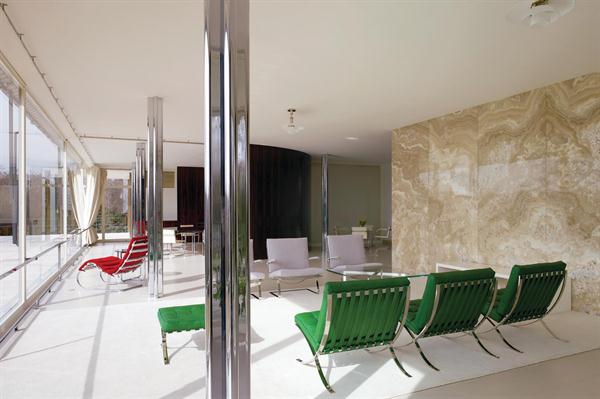Well, where to begin? I started this project in May 2011. At the time I realized I did not have a functional bicycle that I could ride with my kids in the neighborhood or go to the local market with. I did have a neglected 1982 Nishiki Cresta in my storage shed however. I determined that I would restore the bike to working order in time for my 50th birthday in June 2012.
I bought this bike new from the Tempe Bicycle shop in Arizona, back when the store was located on Mill Ave. I was 20 years old when I bought it. I don't know why I picked this one, I guess I liked the color, it had a rear rack, and it had good lines. I rode the heck out of it, using it as my daily commuter to and from the College of Architecture at Arizona State University. I loved this bike.
I also came to appreciate that it was a touring bike, and I joined a local bike touring club to learn about the sport, and ultimately completed a four day ride from Flagstaff to Phoenix Arizona in 1984.
When I started the project, I knew little about bicycle mechanics. But I dove right in and completely stripped the bike of all its components down to the frame and fork. Using the internet as my guide, I began to educate myself about the bike and what the possibilities were for it. This particular bike was a mid-level touring bike, nothing really special about the components. I wanted to maintain the spirit of a touring bike, but that view evolved during the project.
I decided I would replace any part with an upgraded component by the same manufacturer if possible. I would use Japanese components and parts wherever I could (although I ended up with a French saddle, a German bottom bracket, and American wheel hubs and rims).
I also wanted a bomber, state of the art drivetrain and wheelset. I replaced the original 27" wheels with 700c Velocity Dyad rims laced to Phil Wood Touring Hubs, 36 spokes up front and 40 spokes on the rear wheel. I replaced the 5-speed Suntour freewheel with a 7 speed NOS Suntour Winner Ultra, coldset the frame from 126mm to 130mm, and installed an SKF Heavy Duty Cartridge bottom bracket.
I replaced the original Sugino triple crankset with a new Sugino XD600 triple crankset for a better gear ratio (at 50 I need that 26 granny gear!).
I found a beautiful set of Specialized Touring pedals on eBay.
The real find, the one that set the tone for the bike early on, were the gorgeous NOS Suntour Superbe brakes I found on eBay.
The brake levers are NOS Suntour Superbe with Velo Orange mettalic braided cables. Nitto Noodle handlebar, Newbaums tape and Nitto Technomic stem.
I replaced the seat post with a NOS SR Laprade, and the saddle is a Gilles Berthoud Touring model.
I installed Honjo LePaon fenders and a Nitto Mark's Rack up front. I plan to add a Nitto R-14 to the rear with a Spanninga Pixeo fender mounted taillight.
So, what did I end up with? The only original parts are the frame and fork (original paint and decals), and the Suntour Cyclone MK-II front and rear deraillers. But to me the spirit of the bike is still there. The ride quality is unbelievably smooth, firm and quiet. Its a joy to ride. And while I can certainly set the bike up for fully loaded touring, its current form is more like a rando bike or credit card tourer.
I've had a blast working on this bike, and for better or worse, I got the bug to do another project.
Maybe a high end vintage Italian or Japanese road bike......




















+2.jpg)


















